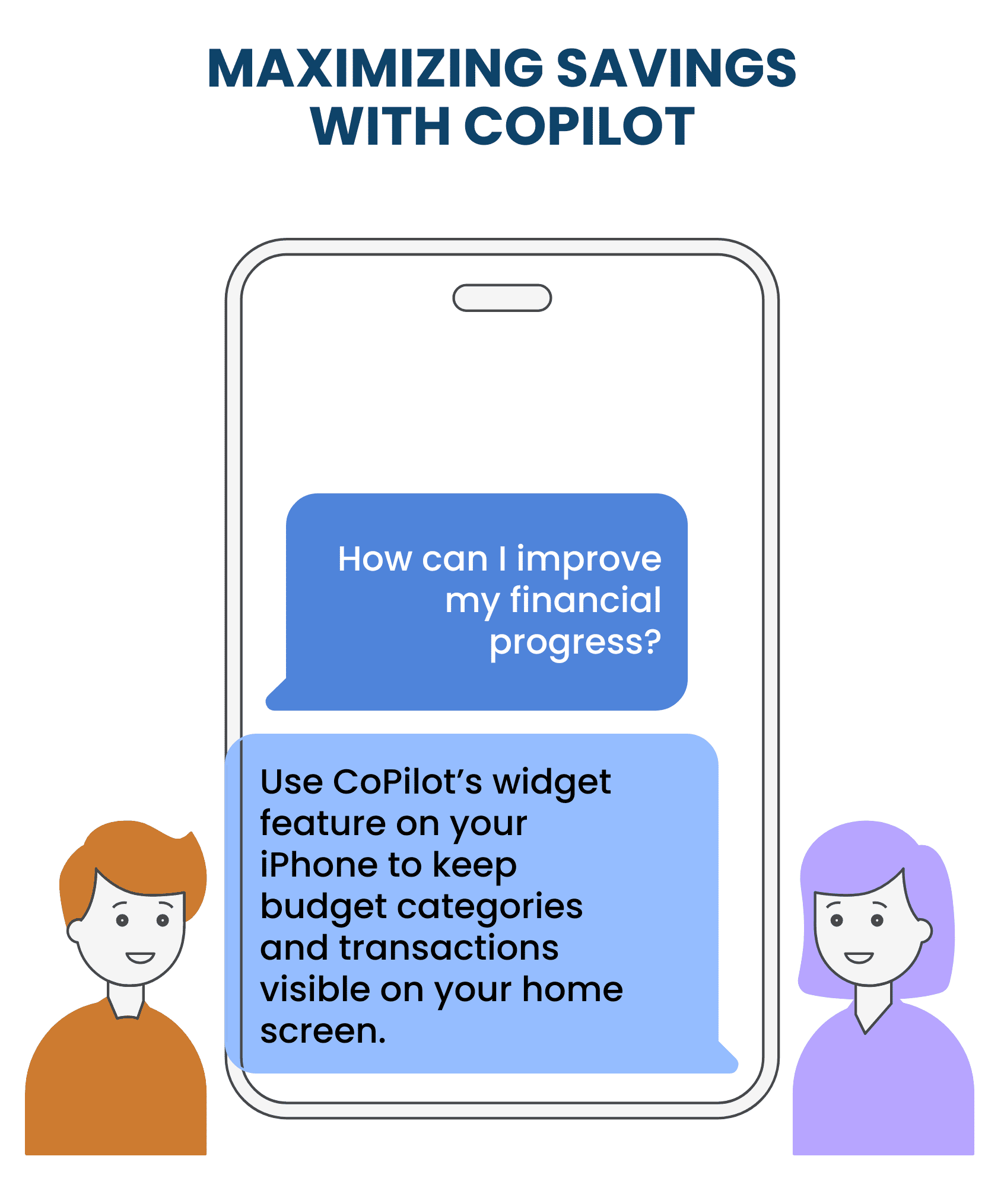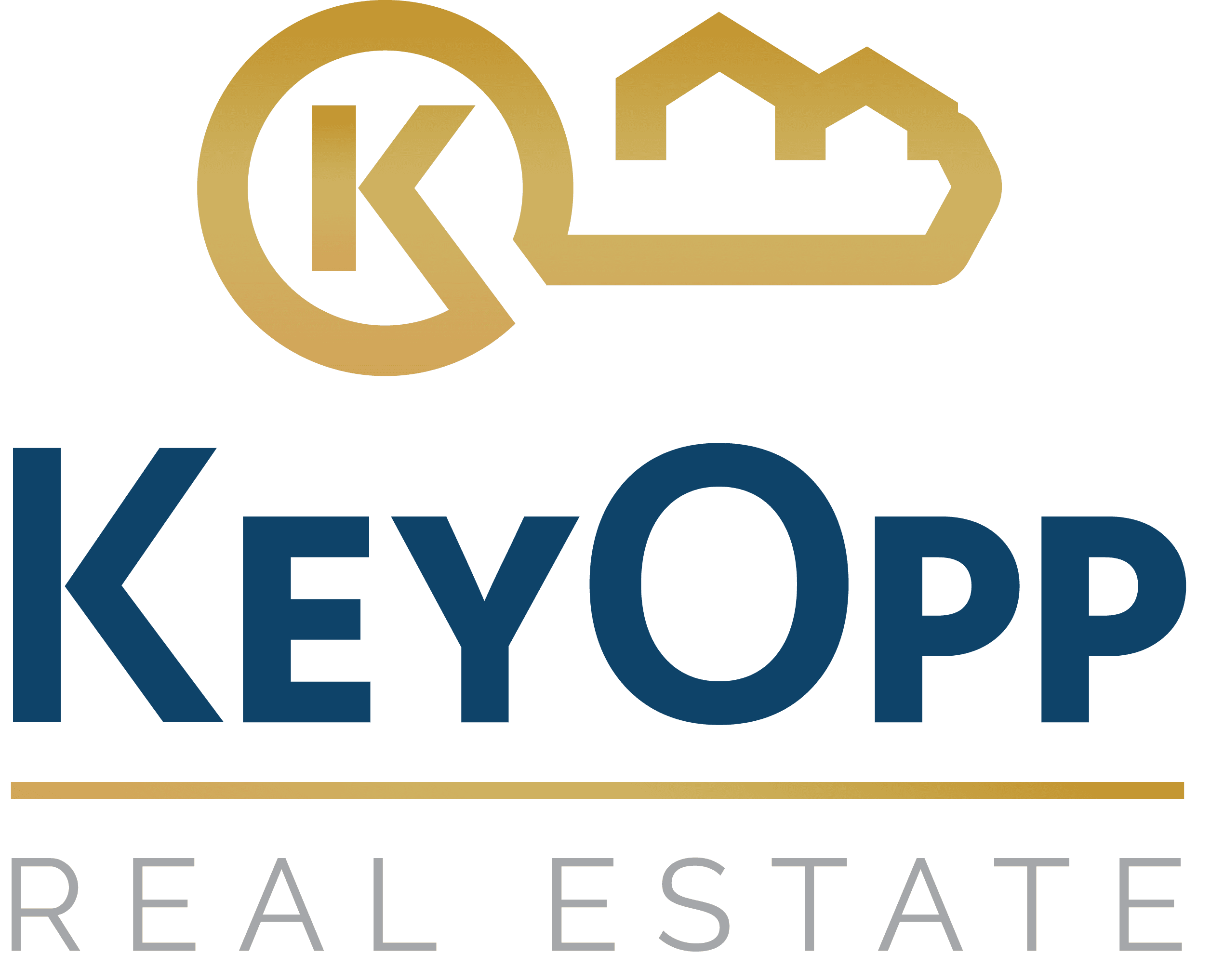For many renters, the dream of homeownership can feel out of reach, especially with high rental costs, the challenge of saving for a down payment, and high property prices. However, with the right strategy, discipline, and financial planning, transitioning from renter to homeowner is more achievable than you might think. In this guide, we’ll break down how to save for a down payment while renting, what lenders look for, and smart financial moves that can help you secure your first home.

Understanding What Lenders Look For
Want to boost your chances of getting approved for a mortgage? Lenders look beyond your down payment—they evaluate credit scores, tax returns, income stability, and even your spending habits. Learn what lenders check and how to position yourself for the best loan terms possible.
Strategies to Save for a Down Payment
Saving for a down payment while paying rent can be challenging, but these strategies can help maximize your savings:
1. Track and cut unnecessary expenses
Budgeting apps like Rocket Money and CoPilot can help you analyze where your money is going and identify areas to cut back. Small changes, such as reducing subscriptions, dining out less, or negotiating utility bills, can add up significantly over time. Setting a monthly savings goal and treating it like a non-negotiable expense will also help keep you on track.
A common knowledge for budgeting practices is using the 50/30/20 rule when calculating your budget: 50% is reserved for needs such as (housing, utilities, bills, food, debt, etc), 30% is for wants (dining out, bars, activities with friends, shopping), and 20% is for savings and investments (down payment, rainy day fund, etc). If you want to be aggressive about home savings, we advise adopting the 30/20/50 rule – which is 30% for needs, 20% for wants, and 50% for savings.

This budgeting hack is only as effective as your commitment to it. Setting aside time to track finances and allocate funds right after each pay period can make a significant difference. This method will surely help you structure your finances and work towards reaching your homeownership goals rather than putting it off every year.
Pro tip #1: If you’re serious about your finances and making significant progress toward savings, use CoPilot’s widget feature on your iPhone. Placing budget categories and transaction widgets on your home screen keeps your finances visible and top of mind, helping you stay on track with your spending and savings goals.

Pro tip #2: A great way to prevent overspending and stay disciplined with savings is to set up multiple direct deposits. Have a portion of your paycheck automatically deposited into a separate savings account while keeping only your discretionary spending in your checking account. If you don’t see it, you’re less likely to spend it—helping you build your down payment faster without temptation!
2. Automating your savings is another effective strategy
Automating your savings is another effective strategy. Set up an automatic transfer to a high-yield savings account (HYSA) each payday to make saving effortless. By keeping your savings separate and automatic, you remove the temptation to spend, allowing your money to grow over time.
Currently, in the higher interest rate market, some HYSA accounts offer around 5% APY. For example, with a $50,000 balance, you could earn approximately $2,500 per year in interest; with $100,000, that’s $5,000 annually. If you consistently save for 2–4 years, this passive growth could help cover your down payment or closing costs.

However, in a lower interest rate environment, APYs tend to decrease. If rates drop significantly, consider alternative strategies such as:
- Short-term Certificates of Deposit (CDs) – Lock in a guaranteed rate, avoiding fluctuations.
- Money Market Accounts – Often provide slightly higher yields than traditional savings accounts.
- Treasury Bonds or I Bonds – Offer competitive, inflation-protected returns.
- Investment Accounts (if your timeline allows) – If your home purchase is 5+ years away, investing in low-risk index funds can provide higher long-term returns.
Some popular high-yield savings accounts Openbank and Pibank, but always compare rates and terms, as they fluctuate based on market conditions.Depending on your situation, opening up a Certificate of Deposit can be a better option if you’d like to lock in the APY unlike HYSA’s which operate on variable APY; however, CD’s require you to lock in your funds until a maturity date, resulting in considerable penalties if you access it earlier.
Pro Tip: If you’re looking for a low-risk alternative to a Certificate of Deposit (CD) but still want stable returns, consider investing in the U.S. Treasury Bonds, I Bonds, or high-quality municipal bonds. Bonds can provide predictable interest earnings while offering more flexibility than CDs, especially if you choose bonds with shorter maturity periods or those that can be sold before maturity without major penalties. This strategy can help you grow your savings while maintaining liquidity for your future home purchase.
3. Reduce your rent costs
Another great way to save faster. Consider getting a roommate, negotiating a lower rent with your landlord, or even moving to a more affordable rental temporarily. If saving for a home is your top priority, making short-term sacrifices in your living situation can help you reach your goal faster.

4. Boost Your Income: Increasing your income is just as important as cutting expenses. Taking on a side hustle, freelancing, or asking for a raise can boost your savings significantly. The key is to keep your expenses the same and save 100% of any additional earnings. Saving an additional $730 per month can add up to 3.5% down on a $500,000 home in 2 years!

How Much Do You Need for a Down Payment?
Thinking you need 20% down to buy a home? Think again! Many loan options allow you to put down as little as 3.5% or even 0%, helping you enter homeownership sooner. Learn about PMI, down payment assistance programs, and the best strategy for your budget in our guide!
Should You Invest Your Down Payment Savings?
A common question among first-time buyers is whether they should invest their savings in the stock market instead of keeping it in a savings account. While the stock market has historically returned around 7-8% per year and might seem like a great path to getting the highest returns, it is unpredictable in the short term and losses can be pretty significant. If you need to buy a home within the next one to five years, investing your down payment savings carries a significant risk as a market downturn could cut your down payment fund in half.
If your time horizon is more than 10 years, investing may be a viable option as you can give the market time to improve if it declines. Other long-term safe investments include diversified options such as S&P 500, which averages about 10% on returns annually, but is subject to market volatility. This method is great if you plan on investing for 10+ years, or long enough to ride out market declines.
You Don’t Need Your Own House As Your First Home
Think your first home has to be a solo purchase? Think again. Instead of stretching your budget for a small condo, consider the “Costco Pack Home Hack”—a smarter way to team up, invest in a multi-unit property, and generate rental income to offset your mortgage. Learn how this strategy can help you enter homeownership sooner and build wealth faster.
Stay Committed & Make Homeownership a Reality
Saving for a down payment while renting requires discipline, patience, and strategic financial planning. The most effective way to stay on track is by budgeting wisely, automating savings, reducing expenses, and exploring ways to boost your income. Implementing these strategies can help you build your home savings faster than you think.
Whether you’re cutting unnecessary costs, house hacking, or taking advantage of high-yield savings options, every step you take brings you closer to homeownership. By making smart financial moves now, you’ll position yourself for a stronger mortgage application and a more affordable home purchase when the time is right.
The path to homeownership starts with a plan—are you ready to take the next step? Let us know how you’re saving for your first home, and if you found this guide helpful, share it with someone else on the same journey!




 Kelvin Kam, the Broker of Record for KeyOpp Real Estate and Founder of Sequoia Real Estate, stands out as a pragmatic leader in the real estate domain. Since embarking on his journey in 2003, Kam’s trajectory embodies a strategic fusion of foresight, diversification, and an unwavering commitment to excellence.
Kelvin Kam, the Broker of Record for KeyOpp Real Estate and Founder of Sequoia Real Estate, stands out as a pragmatic leader in the real estate domain. Since embarking on his journey in 2003, Kam’s trajectory embodies a strategic fusion of foresight, diversification, and an unwavering commitment to excellence. Karmen Wong’s journey to real estate was inspired by her positive experience buying a home with her sister over two years ago. Their agent, who was patient and knowledgeable, made the transaction feel like a breeze. This experience, coupled with her Aunt’s belief in real estate investment, ignited Karmen’s interest in pursuing it as a career. She is driven by the opportunity to help others through one of the most significant transactions in their lifetime.
Karmen Wong’s journey to real estate was inspired by her positive experience buying a home with her sister over two years ago. Their agent, who was patient and knowledgeable, made the transaction feel like a breeze. This experience, coupled with her Aunt’s belief in real estate investment, ignited Karmen’s interest in pursuing it as a career. She is driven by the opportunity to help others through one of the most significant transactions in their lifetime. Eileen Chau’s journey to real estate was inspired by her childhood experiences in a family business and frequent relocations, fostering an intrigue for architecture, interior design, and negotiation styles unique to different cities. This diverse background naturally led her to become a real estate agent, where she could seamlessly merge her passions.
Eileen Chau’s journey to real estate was inspired by her childhood experiences in a family business and frequent relocations, fostering an intrigue for architecture, interior design, and negotiation styles unique to different cities. This diverse background naturally led her to become a real estate agent, where she could seamlessly merge her passions. Letty, a proud native of San Francisco, brings a wealth of diverse experiences in her role as a Realtor. Having lived in neighborhoods such as Crocker Amazon, Ingleside, and Sunset and attended schools in Chinatown, Mission, Balboa Terrace, Parkside and Park Merced, she offers direct knowledge and experiences of the vast communities in San Francisco.
Letty, a proud native of San Francisco, brings a wealth of diverse experiences in her role as a Realtor. Having lived in neighborhoods such as Crocker Amazon, Ingleside, and Sunset and attended schools in Chinatown, Mission, Balboa Terrace, Parkside and Park Merced, she offers direct knowledge and experiences of the vast communities in San Francisco.
 Katrina embarked on her professional journey as a Digital Marketing Specialist in Real Estate right after graduating in 2019 with a Bachelor of Arts in Business Administration, majoring in Marketing Management. Her role sparked a passion for creativity and learning in real estate advertising, aligning perfectly with her business-minded nature and aspirations to own a business one day. With five years of experience under her belt, Katrina is particularly drawn to the ever-evolving nature of marketing, which challenges her to continuously learn and adapt to new technologies.
Katrina embarked on her professional journey as a Digital Marketing Specialist in Real Estate right after graduating in 2019 with a Bachelor of Arts in Business Administration, majoring in Marketing Management. Her role sparked a passion for creativity and learning in real estate advertising, aligning perfectly with her business-minded nature and aspirations to own a business one day. With five years of experience under her belt, Katrina is particularly drawn to the ever-evolving nature of marketing, which challenges her to continuously learn and adapt to new technologies. I began my Real Estate career in 2020 as a Compliance Transaction Coordinator. I was their very first virtual assistant. As a pioneer, I finally became team leader.
I began my Real Estate career in 2020 as a Compliance Transaction Coordinator. I was their very first virtual assistant. As a pioneer, I finally became team leader. I’m a Realtor, Investor, Developer, and a Mother of two children. I’ve project-managed over $40 million in residential developments in San Francisco and the Bay Area. I am originally from Vancouver, Canada and moved in 2000 to the Bay Area where I began in Commercial Banking and then Title & Escrow Sales. Furthering my passion in Real Estate, I purchased my first out-of-state investment property in 2003, and first home in 2005, I’ve learned the meaning of cash flow, and since then have rehabbed and lived in multiple duplexes and single family homes in San Francisco. I love the multi-facets of Real Estate investing, and sharing this knowledge with friends so that we can all grow together and reach financial freedom.
I’m a Realtor, Investor, Developer, and a Mother of two children. I’ve project-managed over $40 million in residential developments in San Francisco and the Bay Area. I am originally from Vancouver, Canada and moved in 2000 to the Bay Area where I began in Commercial Banking and then Title & Escrow Sales. Furthering my passion in Real Estate, I purchased my first out-of-state investment property in 2003, and first home in 2005, I’ve learned the meaning of cash flow, and since then have rehabbed and lived in multiple duplexes and single family homes in San Francisco. I love the multi-facets of Real Estate investing, and sharing this knowledge with friends so that we can all grow together and reach financial freedom. With over 30 years of real estate experience, Lawrence brings a family-focused approach to Real Estate. Starting early on by assisting his father with hands-on repairs and maintenance with various properties and later assisting with the backend operational processes, Lawrence along with his wife Melanie Leung have a developed multiple businesses focusing on all aspect of Real Estate including, but not limited to, Property Management, Investment Strategies as well as Buyer and Seller Representation. By working in multiple aspects of the real estate process, he brings a multi-faceted perspective to the buying and investment process. As a duo team with a strong knowledge of property investment, Lawrence is able to provide all the necessities an investor needs to make the smart choices.
With over 30 years of real estate experience, Lawrence brings a family-focused approach to Real Estate. Starting early on by assisting his father with hands-on repairs and maintenance with various properties and later assisting with the backend operational processes, Lawrence along with his wife Melanie Leung have a developed multiple businesses focusing on all aspect of Real Estate including, but not limited to, Property Management, Investment Strategies as well as Buyer and Seller Representation. By working in multiple aspects of the real estate process, he brings a multi-faceted perspective to the buying and investment process. As a duo team with a strong knowledge of property investment, Lawrence is able to provide all the necessities an investor needs to make the smart choices. Having grown up with parents working in real estate, I found my passion for this industry at an early age. I chose to follow in their footsteps after seeing how many clients they were able to help fulfill the American Dream of Home Ownership. After 7 years of working extensively in the San Francisco Bay Area, I have developed a keen understanding of the local market and always take the time to figure out what clients really need from me as a professional real estate broker. I take pride in serving my clients with the utmost level of care and professionalism. It is my job to ensure a smooth, worry-free, and satisfying experience for everyone involved.
Having grown up with parents working in real estate, I found my passion for this industry at an early age. I chose to follow in their footsteps after seeing how many clients they were able to help fulfill the American Dream of Home Ownership. After 7 years of working extensively in the San Francisco Bay Area, I have developed a keen understanding of the local market and always take the time to figure out what clients really need from me as a professional real estate broker. I take pride in serving my clients with the utmost level of care and professionalism. It is my job to ensure a smooth, worry-free, and satisfying experience for everyone involved.